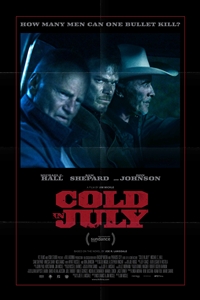 Cold in July
Cold in July
Starring Michael C. Hall, Don Johnson, Sam Shepard, Vinessa Shaw and Nick Damici
Directed by Jim Mickle
From IFC Films
Rated R
109 minutes
Celebrate July early with crime stunner
by Michael Clawson of Terminal Volume
Modern crime movies don’t get much pulpier than Jim Mickle’s wickedly sinister Cold in July.
This rapturous and sweaty thriller, about a man’s journey into his own fear and obsession, crept up on me in an ambush of filmmaking and storytelling. It’s an electric film, one of my favorites of the summer.
It opens on big boxy cars, plastic coffeemakers, acid-washed jeans, floral-printed couches and rotary phones. “East Texas, 1989,” the screen says, and it feels it. Little time is wasted: Richard (Michael C. Hall) is asleep in bed when he hears a noise in the living room. He loads a revolver and creeps out in his pajamas. An intruder stands in the living room. A shot rings out. The intruder drops.
The police arrive and determine the killing was in self defense, but that doesn’t settle well with Russel (Sam Shepard), the intruder’s madman of a father, who was just released from prison. Soon, Richard and his wife and son are being terrorized by Russel — telephone hang-ups, bullets sprinkled in their house, break-ins. The police can’t do anything because there is little proof. An overnight stakeout reveals a terrible surprise, but it doesn’t end Russel’s campaign of terror.
Now, at this point I thought I knew what Cold in July was all about. But this is no Cape Fear, a point that is made abundantly clear after a huge twist remaps the landscape of Mickle’s crime universe. The twist is so delicious that I won’t be spoiling it here, but know that it is one of two major plot twists the film will whip you through.
Drenched in delicate nuance and so tightly woven I thought it would pop, Cold in July is based on a book by Joe Lansdale, and adapted to the screen by Mickle and Nick Damici, who plays a police officer. The script might be the genetic offspring — or from within the same psychosphere — of HBO’s True Detective and a movie like Winter’s Bone, or even David Gordon Green’s Undertow. It’s about men of low moral character, and how their actions bleed into the rest of the world.
The movie asks its audience to bite into some implausible plot developments that are almost too big to swallow, but the many payoffs more than make up for it. One payoff late in the movie has Richard, the suburban picture framer, shooting up at a man from the floor. Blood sprays up coating a lightbulb and bathing the scene in a deep crimson. Rarely is a man’s descent into violence more explicitly shown then here in this scene, as the blood literally changes the color of the world.
Blood is a frequent motif. Early in the film, at a point I knew Cold in July was something very special, Richard and his wife clear out the bloody couch from their run-in with the intruder. After moving the heavy load outside, they drop to the floor in exhaustion and look up at the blood splatter on their once-clean wall. The act of killing a man has drained them, and left them a twisted new piece of artwork.
Hall, so often wasted on Dexter’s repetitive plotlines and predictable meanderings, is given more to chew on here as the curious husband and father. Against his better judgment, Richard is propelled forward into the darkness; Hall plays it believably and simply. Shepard is appropriately vile, even as his character grows more sympathetic as secrets are revealed. Don Johnson, so great now in his later years, turns up as a private detective that steals every scene he’s in.
This is a legitimate thriller with a sophisticated presentation and powerful characters. The summer’s tend to produce a lot of big-budget dreck; Cold in July is not part of that heap.

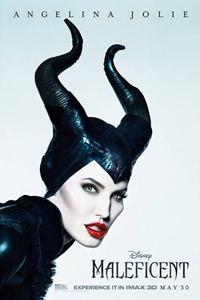 Maleficent
Maleficent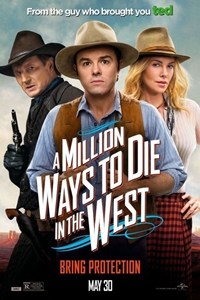
 X-Men: Days of Future Past
X-Men: Days of Future Past
 The Love Punch
The Love Punch
 Blended
Blended The Immigrant
The Immigrant
 Godzilla
Godzilla
 Neighbors
Neighbors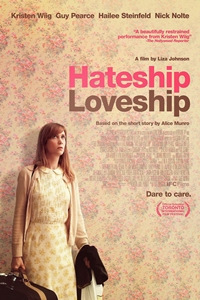
 The Amazing Spider-Man 2
The Amazing Spider-Man 2 Dom Hemingway
Dom Hemingway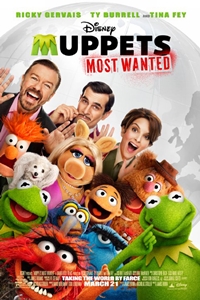 Muppets Most Wanted
Muppets Most Wanted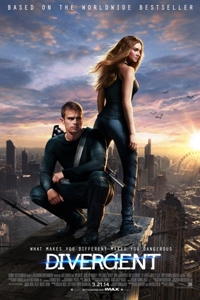 Divergent
Divergent







